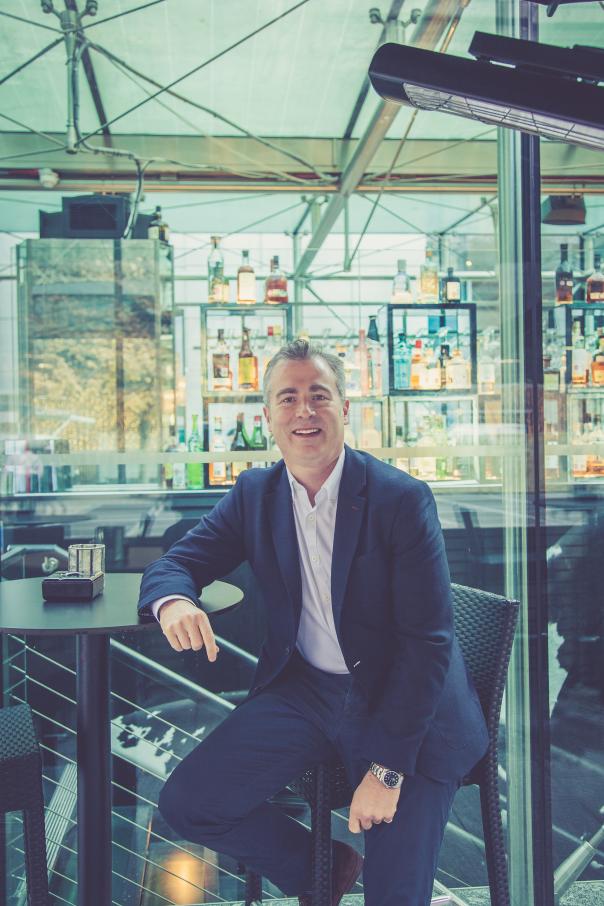
When companies are trying to foster a healthier work-life balance among employees they would do worse than by beginning with the lunch break.
Full-time employees spend a considerable proportion of their lives working and assuming a full-time worker sleeps for eight hours each night and a 40-hour working week, this means people spend half of their waking day at work. For most therefore, the lunch break represents an opportunity in the middle of the day to pause, eat and relax.
We recently conducted research into what employees are looking for from their lunch break experience, what workplaces are currently providing and what more they could be doing to meet their workers’ demands.
According to our research:
* Employees want a break: Only 19% of people said they want to get more work done at lunchtime
* UK workers are sociable: More than half of UK workers (56%) said they spend their lunch break socialising with colleagues or friends and 30% say they would like to socialise more
* Relaxation is popular: Across the UK 44% of workers said they read a book or magazine during their lunch break at the moment and 34% said they would read more if they could
* Employees are fans of being active: When workers were asked how they would prefer to spend their lunch break, 60% said they would like to do something active, either walking (38%), running errands (32%), or going to the gym (31%)
Corporate caterers are perfectly placed to accommodate this trend to switch off more at lunchtime and have a proper break. After all, office canteens are often the closest and most convenient places for employees to purchase and eat food.
This then frees up more time for employees to engage in the activities that they want to, whatever ‘wellness’ means to them.
However, in order for workplace restaurants to fulfil their potential for employees, corporate caterers need to ensure that workers are given the convenience and value that they want. Among those employees that we surveyed, almost a third (27%) said that speed was important to them but 24% said it currently takes too long to queue in their cafeteria.
The good news is that these customers being lost to slow service can be easily recaptured – 21% said that they would visit more often if the service was or queuing was faster and 26% would visit their canteen more often if they could pre-order lunch and pick it up without queuing.
Unfortunately, currently not enough office restaurants are making the necessary investments to meet these specific demands - only 17% of workplace canteens have introduced pre-ordering and 12% are offering pre-payment facilities. This is an area that employers should look at closely this year if they are serious about improving employee wellbeing.